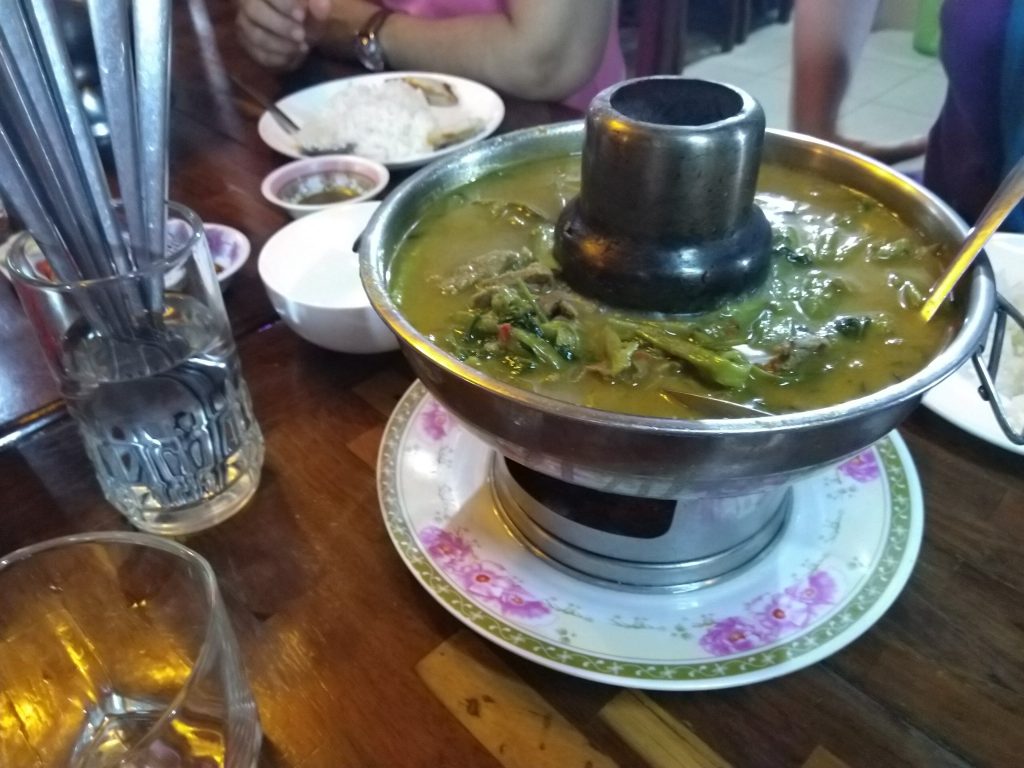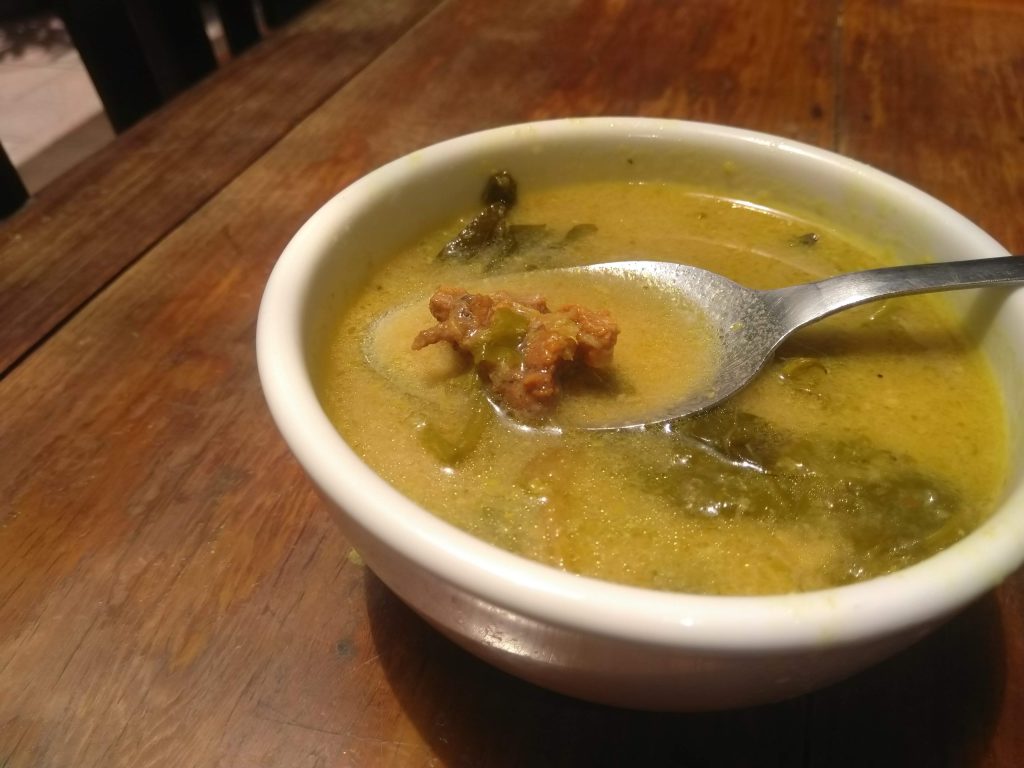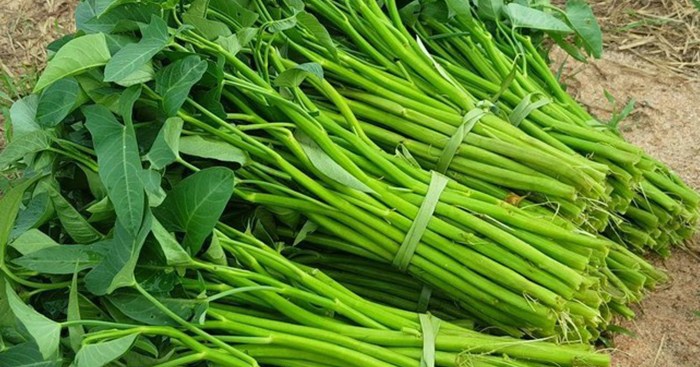As COVID-19 restrictions have been lifted, we’ve been able to have some of Ming Ramy’s delightful Khmer food for the first time since early February. We did try our hand at making Khmer food more than a few times during the lockdown but, aside from my Pork stuffed Bitter Melon, we still have a ways to go when it comes to authentically capturing the flavor.

The office is still closed except for fully vaccinated staff and we’re not having lunch together, but we asked Ming Ramy to make a very large meal for us as we head into this week which holds Rosie’s fourth birthday, two late night meetings, and our second vaccination. The one dish we both wanted was the Khmer classic Salaw Machu Kroeung.
- Salaw is a category of prahok based Khmer stew. It has a rich cloudy broth.
- I think Machu means that it’s sour? Not quite sure. The soup’s sourness comes from tamarind.
- Kroeung is an herbal paste. It’s made of lemongrass, turmeric, galangal, and kaffir lime leaves.
I think Khmer cuisine has a foundational influence across Southeast Asia going back to the 9th century to the 15th century when the ancient Khmer Empire covered much of the region. This is why Kuv Teav has local variants across the region like Hủ Tiếu in Viet Nam, Kway Teow in Malaysia, and Kuai Tiao in Thailand. But Khmer cuisine still maintains it’s independence from regional cuisine.

One of it’s distinct ingredients remains the Kroeung herbal paste. It’s a difficult to describe but immediately distinct flavor. Combined with the salty fish sauce and prahok the resulting broth is somehow light yet hardy. As I noted in a previous posts, one of the secret ingredients is actually the process of mashing it together with the mortar and pestle. The vegetables in the dish are ត្រកួន, often translated as morning glory or water spinach.

Salaw Machu Kroeung is one of those dishes that I missed when I left Cambodia and that we’ll miss again when we leave Cambodia one day. It is so uniquely Khmer.
Wow! Yummy! Look forward to tasting when we come!
That sounds delicious!